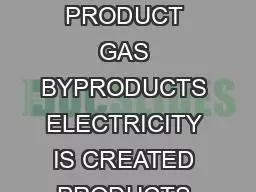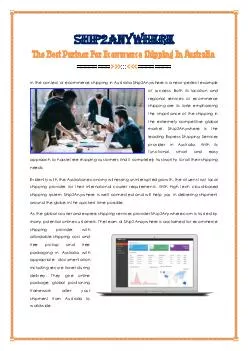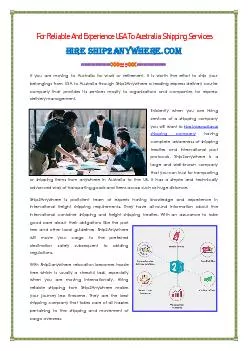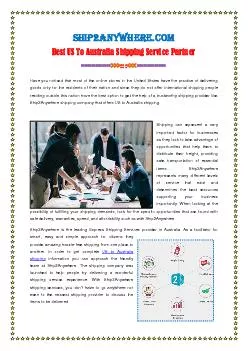PPT-Development of an Experimental Waste Account for Australia
Author : test | Published Date : 2016-06-29
Inoka Senaratne Barry Tynan amp Duncan Cockburn inokasenaratneabsgovau 19 th London Group Meeting London 1214 November 2013 Why waste is a concern in A ustralia
Presentation Embed Code
Download Presentation
Download Presentation The PPT/PDF document "Development of an Experimental Waste Acc..." is the property of its rightful owner. Permission is granted to download and print the materials on this website for personal, non-commercial use only, and to display it on your personal computer provided you do not modify the materials and that you retain all copyright notices contained in the materials. By downloading content from our website, you accept the terms of this agreement.
Development of an Experimental Waste Account for Australia: Transcript
Download Rules Of Document
"Development of an Experimental Waste Account for Australia"The content belongs to its owner. You may download and print it for personal use, without modification, and keep all copyright notices. By downloading, you agree to these terms.
Related Documents



